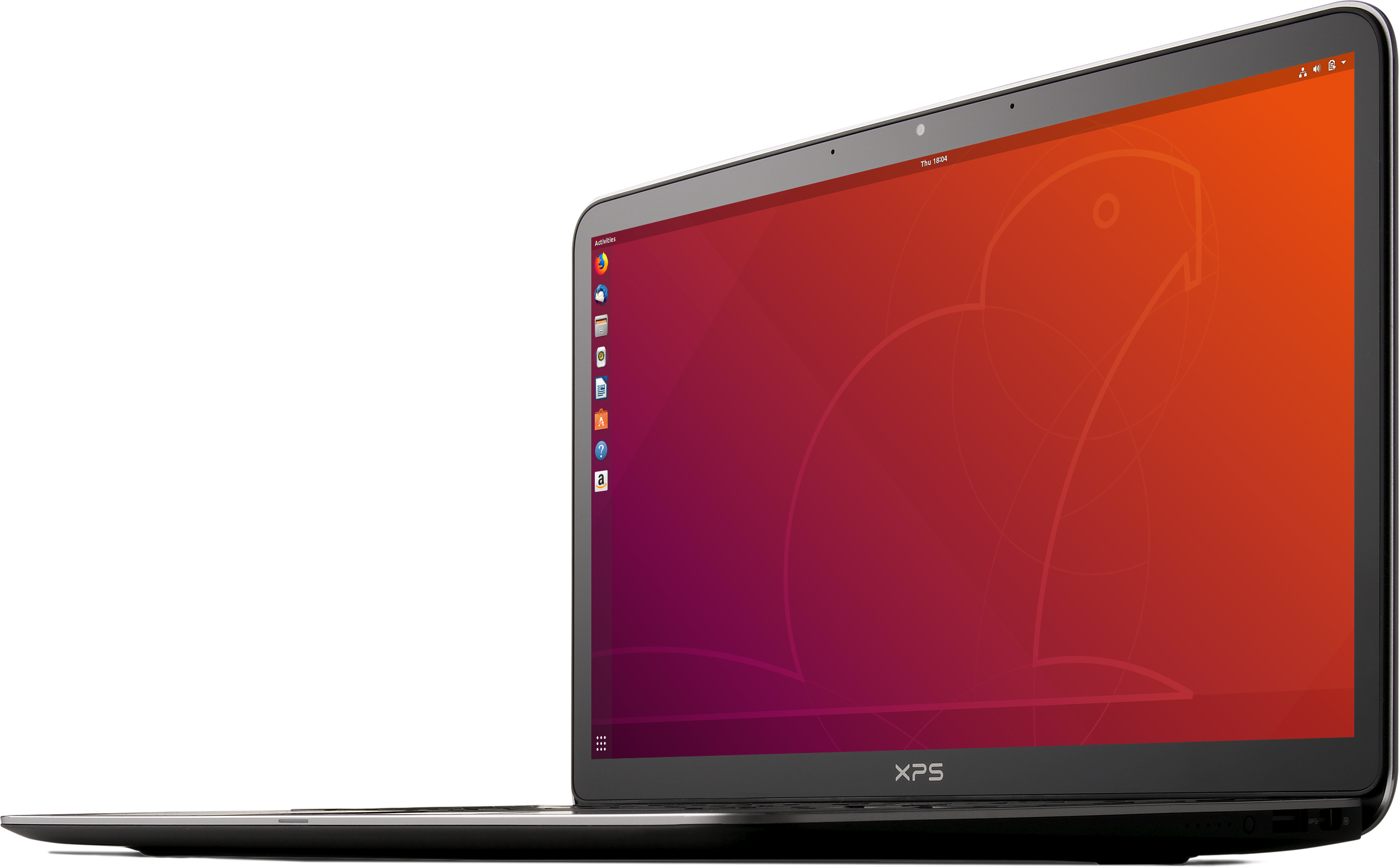

Dropping to a terminal, the lshw command shows all of the device's hardware functional, with drivers installed. Everything works-including the stylus!Īfter entering in the password, the UEFI firmware offers you a reboot prompt, and from there, you're into a fully functional desktop. We'd really like to see more attention than this paid to the UI in modern firmware. The whole process is over in a few seconds, if you've got the courage of your convictions about you, but there's certainly no hand-holding along the way.
#UBUNTU LAPTOP PASSWORD#
Advertisementįrom here, you've got to select "Enroll MOK" from an equally bare-bones menu, offering that choice along with "Continue boot," "Enroll key from disk," and "Enroll hash from disk." This brings you to "View key 0" or "Continue," from which you should pick "Continue." Then it's "Yes" from no or yes, and finally you're presented with a "Password:" prompt, at which you type in the password you created when opting to configure Secure Boot back at the Ubuntu installer. After the reboot, you're presented with a plain blue screen that says "Press any key to perform MOK management," and you have five seconds to do so before it decides you didn't mean it and conventionally boots the system.
#UBUNTU LAPTOP INSTALL#
The Ubuntu side of things is fine-the installer asks if you'd like to be able to install third-party drivers and explains that if you do, you'll need to configure Secure Boot, by entering in a password now and entering it again when you reboot-but the Dragonfly Elite's UEFI firmware isn't so friendly. The process isn't hard-but it's not particularly friendly, either. This is because the Dragonfly Elite G1 uses Secure Boot a "virgin" Ubuntu installation can pass Secure Boot without any fiddling, but if you want to taint it with proprietary drivers, you need to convince the UEFI firmware that everything's on the up-and-up. There is one rather weird part about installing the distro, and that's the need to enroll a new UEFI certificate if you want to be able to run third-party drivers-either initially or later down the road.

If you're a hardcore Linux type, that might not be enough to stop you-you have many possible options, such as installing a backported newer version of the Linux kernel-but we wanted to see if we could get a "just works" experience rather than a "percussive maintenance required" experience, so we regretfully shelved Ubuntu 18.04.3 and went to the newest interim Ubuntu release- October 2019's 19.10 "Eoan Ermine." Again, the actual installation went fine-but this time, we have Wi-Fi as well without touching a thing. For the most part, the installation went well-the keyboard and touchpad were responsive, the screen looked fine, and so forth-but unfortunately, the Intel Wi-Fi chipset used in the Dragonfly Elite is new enough that 18.04.3 doesn't have an in-kernel driver. Our first try was Ubuntu 18.04.3, "Bionic Beaver," the most recent Long Term Support release of Ubuntu. We can't evaluate a laptop with every possible Linux distribution, but in the case of noteworthy designs like the Dragonfly Elite, we want to at least see if one of the more popular distros installs cleanly, detects all the hardware, and is a good daily driver. Further Reading HP Elite Dragonfly review: Luxurious, professional, expensive


 0 kommentar(er)
0 kommentar(er)
